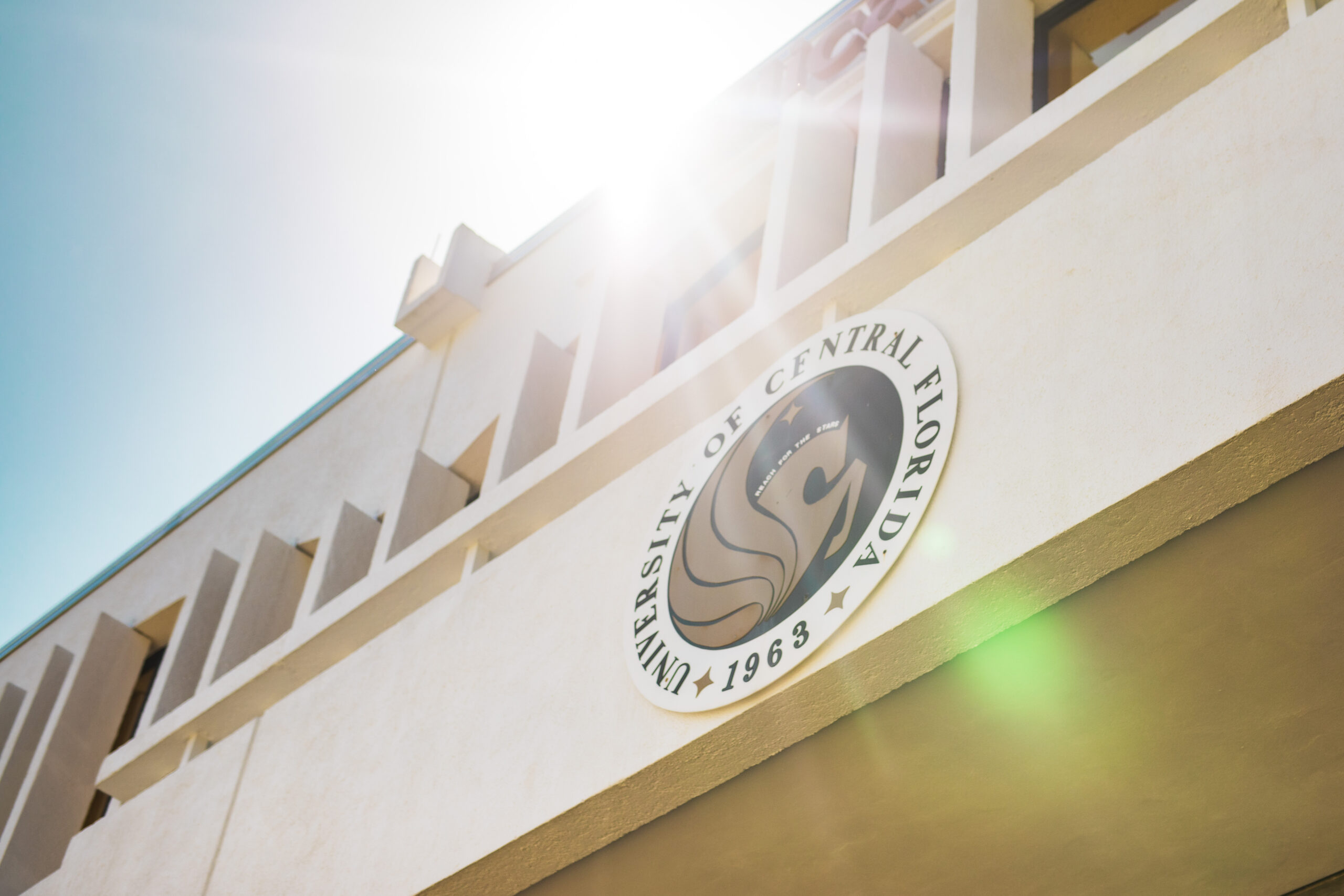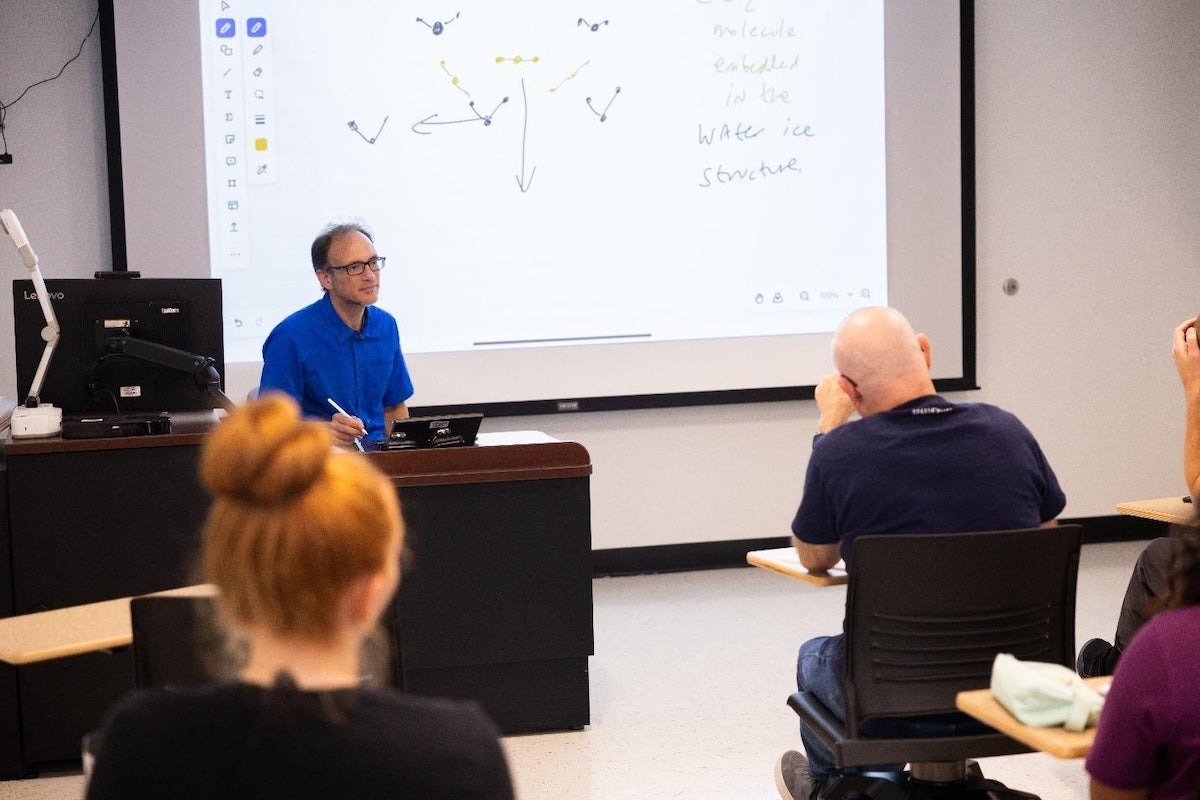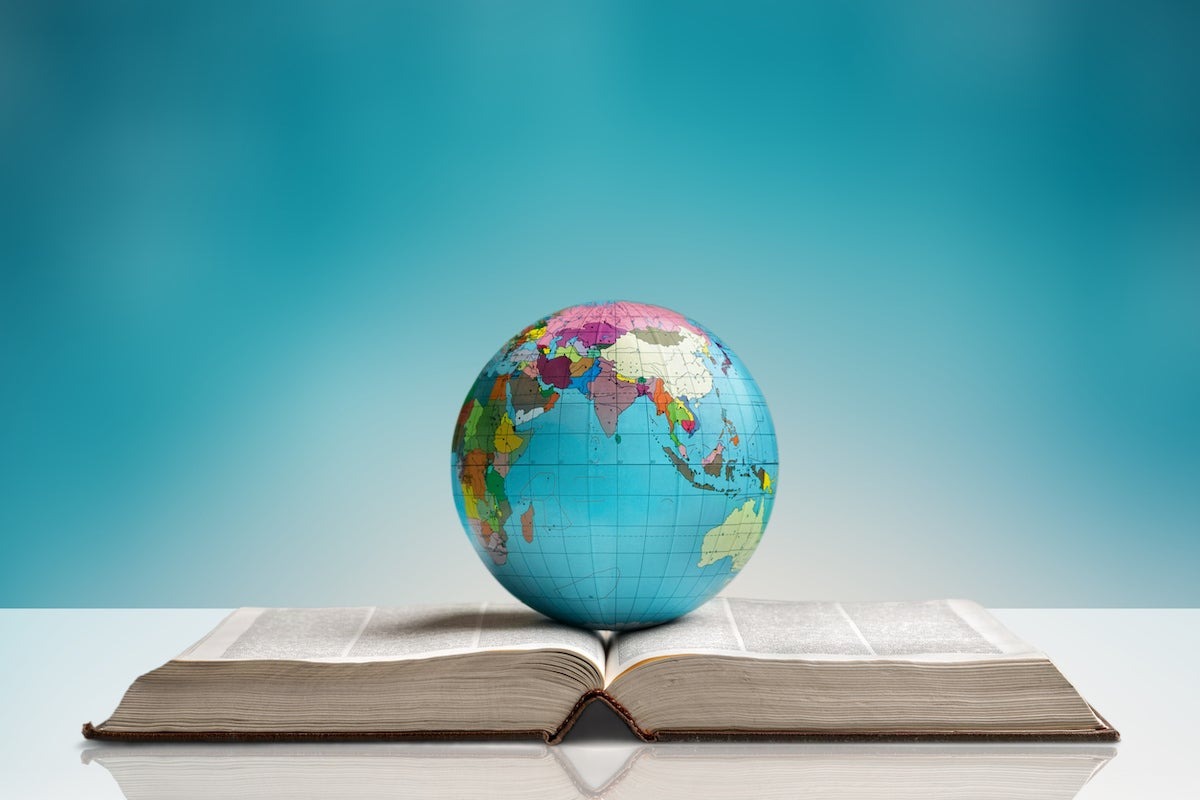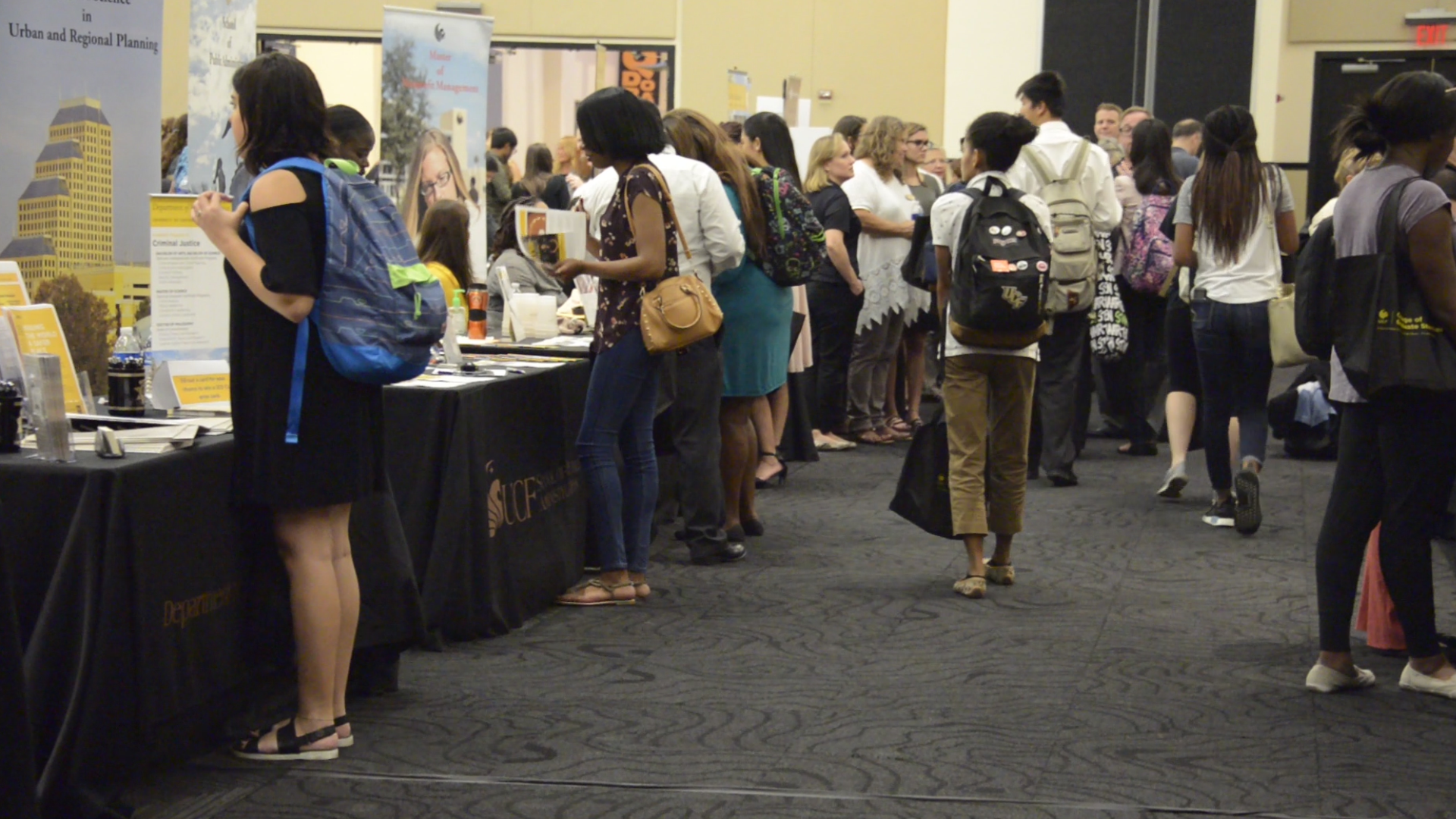Polarization: From Better Sunglasses to a Better Way of Looking at Asteroid Surfaces
Using the same principles that make polarized sunglasses possible, a team of researchers at the Arecibo Observatory in Puerto Rico have developed a technique that will help better defend against asteroids on a collision course with Earth.
A new study recently published in The Planetary Science Journal found a better way to interpret radar signals bounced off asteroids’ surfaces. The data can better tell us if an asteroid is porous, fluffy, or rocky, which matters because there are hundreds of near-Earth asteroids that could potentially hit the planet.
“Learning more about the physical properties of asteroids is crucial in Planetary Defense,” says Dylan Hickson the lead author and a research scientist at the Arecibo Observatory in Puerto Rico. “A porous, fluffy asteroid does not pose as much of an impact threat as a dense, rocky asteroid does. With our research, we can better prepare for potential asteroid impact events.
Depending on their size and composition some asteroids will burn up in the atmosphere, but others could cause catastrophic damage. Knowing how to deflect these potential threats will depend on what we know about their makeup.

Data collected from 1999-2015 with the Arecibo’s main dish in Puerto Rico were used to complete the study. Arecibo is a U.S. National Science Foundation facility, which UCF manages for NSF under a cooperative agreement with Universidad Ana G. Méndez and Yang Enterprises Inc. The main dish collapsed in December, but work continues throughout the rest of the facility, and scientists continue to use previously collected data.
Using polarimetric decomposition (polarization technique) isn’t new, but it isn’t 100% reliable yet. For example, scientists on NASA’s OSIRIS REx mission were surprised by how rocky asteroid Bennu was when they arrived last year to begin a sample collection mission. Images taken from the spacecraft found the surface to be much rockier than initial radar data indicated, and the team had to adjust its sample target site.
“Our results provide a methodology to extract more information about the surface properties from observations, giving us a better picture of what these mysterious surfaces look like,” Hickson says. “Not only can this methodology be applied to archival data, but it can also be applied to future observations, potentially vastly increasing our understanding of the broader asteroid population.”
Hickson is a postdoctoral research scientist in the Planetary Science Group at the Arecibo Observatory since 2019. He has a doctorate in Earth and space science from York University in Toronto, Canada, and a bachelor’s degree in Earth and environmental science and physical science from McMaster University in Hamilton, Canada.
The rest of the team on the paper includes Anne K. Virkki and Phil Perillat from the Arecibo Observatory, Michael C. Nolan from the Lunar and Planetary Laboratory at the University of Arizona, and Sriram S. Bhiravarasu from Space Applications Centre in India.
Share This Article

UCF Women’s Club Honors 3 Graduate Students with Prestigious Sheila B. Somerville Scholarship
Financial support is often the cornerstone of academic success, and for many students, scholarships open the door to higher education. Beyond easing financial stress, these awards provide recognition, motivation, and a...
Latest News

UCF Launches 1st Planetary and Space Sciences PhD Program in Florida
As SpaceU, UCF is pushing the boundaries of exploration by launching a groundbreaking new doctoral program in the planetary and space sciences. Now, aspiring researchers can apply to the inaugural cohort of...

UCF Fulbright Awardees Bring Their Passions to a Global Scale
Each year, the Fulbright Program offers opportunities for American students to conduct research, teach English, or pursue graduate study abroad. One of the most prestigious international exchange programs in the...

Unleash Opportunities with a UCF Graduate Degree
A graduate degree has the power to unleash opportunities by expanding careers, opening doors to new fields, and increasing lifetime earnings. According to the U.S. Bureau of Labor Statistics (2024),...

UCF Rosen College Ranks No. 1 in the World for Hospitality Education for 2025
One of the most anticipated theme parks in the world is about to open its gates — and right next door, the No. 1 hospitality and hotel management school on...